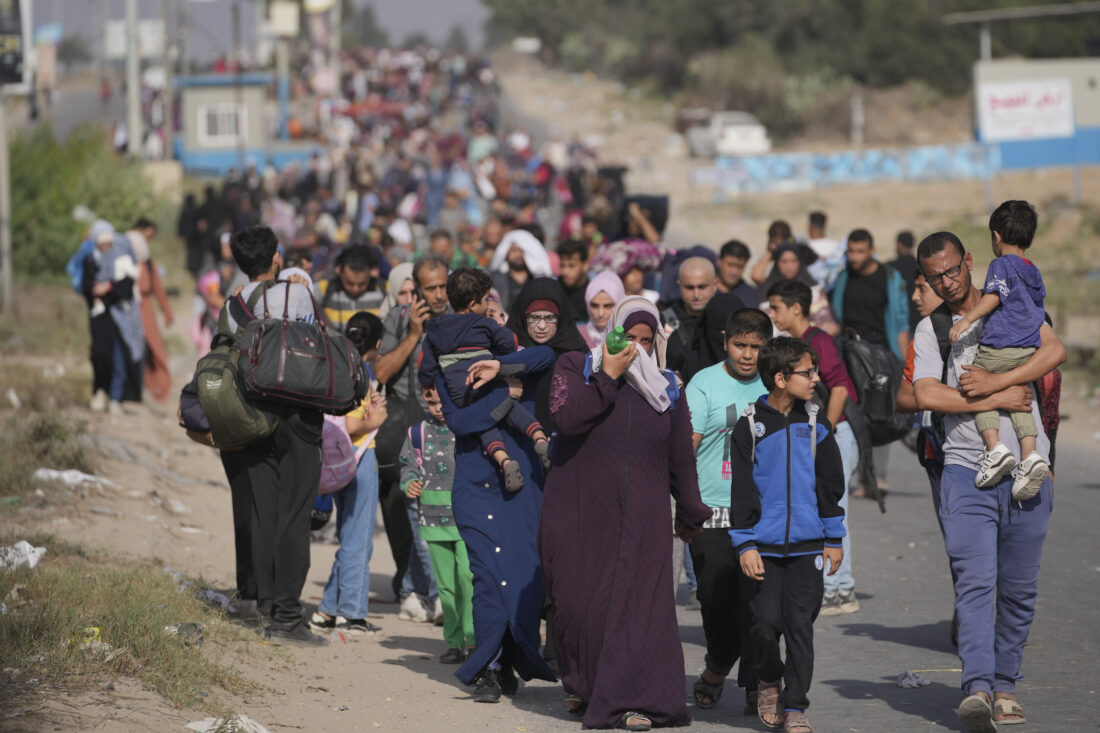The Trump administration implemented a general tariff on April 5 2025, causing all three major indexes to close at 4 PM lower than they opened at 9:30 AM. The S&P 500, Nasdaq, and the Dow Jones are all stock market indexes that consist of the biggest domestic companies. For example the Dow includes corporations such as Microsoft, Visa, McDonald’s, Apple, Disney, and 25 of the other largest corporations. Because the Dow has different types of stocks, it is an accurate representation of the market’s pulse, meaning that if the Dow closes lower, the market is down and the index ends the day with less money than it started.
During the week of April 3, the Dow has dropped approximately ten percent. This downward trend began on April 3, before the tariffs were in place, and continued into April 9, until President Trump made an announcement. His administration announced they would be putting a temporary 90-day freeze on the tariffs, causing the Dow to have its best day since 2020, climbing 2,962 points, or 7.8 percent. Investors report they are nervous about how the tariffs are affecting the economy.
The economy is like dominos. A thing, such as tariffs, causes the price for imported goods to go up, and this results in the middle and lower classes paying more for what they’re buying. When inflation occurs like this people stop spending money, which leads to businesses not meeting quotas, causing mass layoffs. Eventually, something must be done, because when prices are high and people are out of jobs, there is no money to stimulate the economy.
The United States has a history of implementing fiscal policies to stimulate the economy and make new jobs. During the Great Recession in 2007-2009, the government signed a law called the American Recovery and Reinvestment Act (ARRA) to inject the economy with money, create more jobs, and provide relief for the American people.






